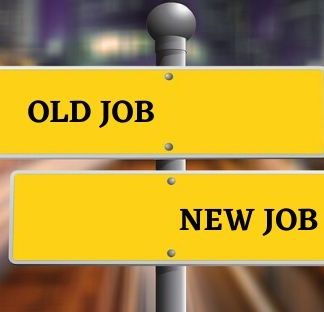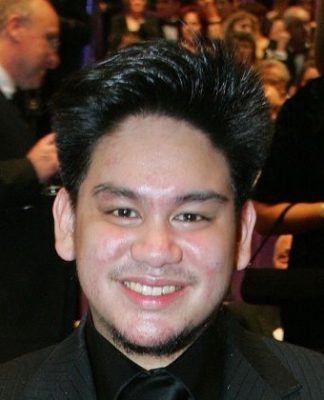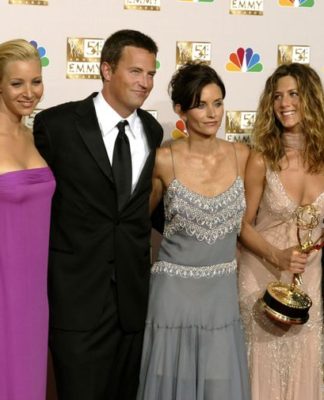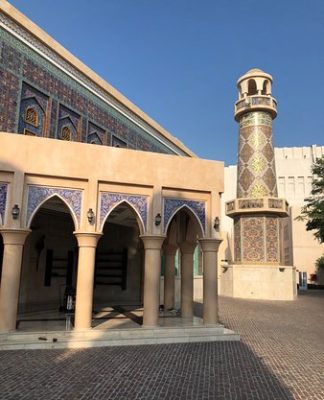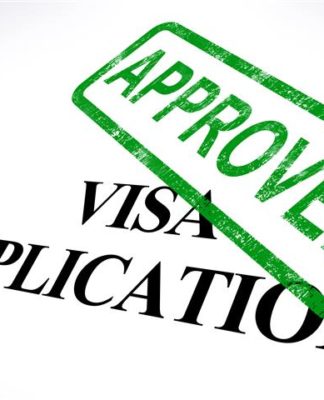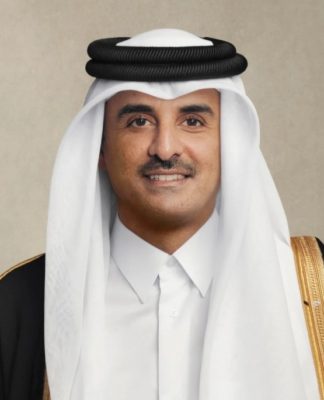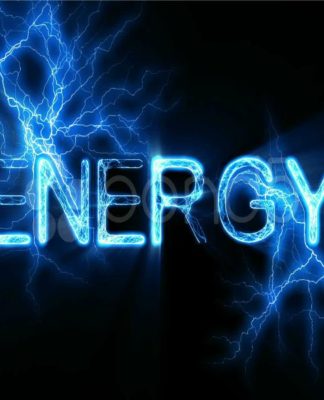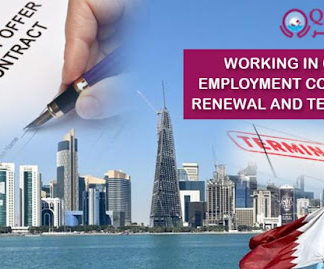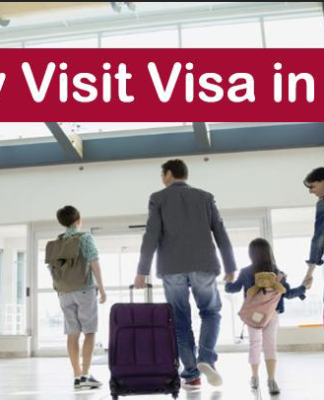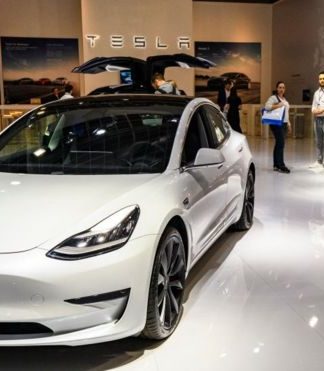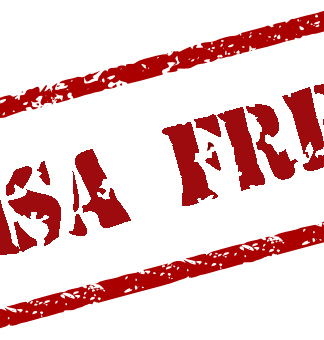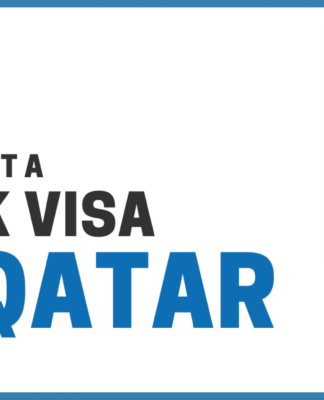SCIENCE
ESA introduces its latest class of European astronauts
Mark Hallam | Zulfikar Abbany Cologne
3 hours ago3 hours ago
Five of the European Space Agency’s latest crop of astronaut candidates met the media in Cologne. They’re part of a 17-person crew chosen from more than 22,000 applicants. By 2026, the ESA hopes some will go to the ISS.
https://p.dw.com/p/4QqTF
The ESA hopes to send the first of its new class of budding astronauts to the International Space Station by 2026.
The head of the astronaut center at the European Space Agency, Frank de Winne, announced the plan at a press conference in the western German city of Cologne on Wednesday, introducing the five candidates.
By 2030, the ESA hopes all 17 members of its new “Class of 2022” will have the chance either to fly to the International Space Station, or into space.
ESA director general Josef Aschbacher said conducting the final interviews for the class was a “beautiful” part of his varied job at the ESA.
“It was fascinating, looking into their souls, you get a sparkle and an idea of what these people are like,” he told DW.
It’s the ESA’s first intake since its last class, inducted in 2009.
New European Space Agency (ESA) astronauts begin their training. (from left to right: Josef Aschbacher – Director General of the European Space Agency, Marco Sieber, Raphaël Liégeois, Rosemary COOGAN, Pablo Alvarez, Sophie Adenot)New European Space Agency (ESA) astronauts begin their training. (from left to right: Josef Aschbacher – Director General of the European Space Agency, Marco Sieber, Raphaël Liégeois, Rosemary COOGAN, Pablo Alvarez, Sophie Adenot)
The ESA’s Josef Aschbacher praised the varied intake of talents in the organization’s ‘Class of 2022’Image: Zulfikar Abbany/DW
‘Already very bonded as a team’
Wednesday’s appointment in Cologne was the quintet’s first major encounter with the press, having started their basic training program in April.
“We are already very bonded as a team, and I really like the atmosphere among us,” Sophie Adenot, a French candidate with a background both in engineering and as a helicopter test pilot, said about the group.
“I didn’t really know them before, except for the announcement, but it was all very quick. So now we get to know each other. We get to know how we interact.”
“I’d like to say, in terms of teamwork — and it was the same in my helicopter crews — there are very different individual talents, but we are here as a crew, acting with collective wisdom,” Adenot said.
New European Space Agency (ESA) astronauts begin their training. From left to right, Marco Sieber, Josef Aschbacher, Sophie Adenot.New European Space Agency (ESA) astronauts begin their training. From left to right, Marco Sieber, Josef Aschbacher, Sophie Adenot.
Sophie Adenot (right in photo) and Marco Sieber (left) are both entirely accustomed to being airborne already, either as a pilot or a paratrooperImage: Zulfikar Abbany/DW
‘Looking forward to the practical lessons’
The native German-speaker in the group at the Cologne event on Wednesday hails from Switzerland. Former special forces paratrooper and trained medical physician Marco Sieber, whose doctoral thesis was on robotic surgery, has field medical experience with the military, among other places in Kosovo.
Sieber said the start of training was “basically a lot of getting to know people,” and the location and ESA as an organization. He said he’d been impressed at the depth of the introductory biology and physics classes, but confessed he had his eyes on some less theoretical exercises before long.
“I think, like everyone in our class, we are looking very forward to the practical lessons, being in the lab doing practical exercises, also the EVA [extravehicular activity, in other words exercises simulating leaving the vessel in a space suit] training in the pool, and also of course robotics training, survival training — these are all very interesting things and I’m looking forward to that,” Sieber said.
Diverse backgrounds, but scientific and physical accomplishments a recurring theme
British candidate Rosemary Coogan is an astrophysicist and astronomer by academic training and also a former Naval reserve officer, who has spent time living and working in Paris.
“We’re seeing a real diversity in the background of astronauts,” she told DW in Cologne on Wednesday. “And that was important to me when the call for new astronauts came out. Having that diversity in terms of technical skills and career backgrounds, and how you approach problems, which may be linked to your previous profession, makes for a much richer group and we can learn from each other.”
Australian Katherine Bennell-Pegg, the director of space technology at the Australian Space Agency, will become the first non-European to complete ESA basic astronaut training.
“I was actually surprised at how few candidates were in the space sector in the final round of selection,” Bennell-Pegg told DW. “But everyone brings something different. The criteria for astronauts has been evolving since the very first selection. Right now, we have a scientific lab and we’re looking forward to the Artemis mission [to the moon, led by NASA] and that’s exploration. And that requires another skill set.”
New European Space Agency (ESA) astronauts begin their training. Katherine Benell-Pegg, who worked on Orion Future Missions at Airbus in Bremen.New European Space Agency (ESA) astronauts begin their training. Katherine Benell-Pegg, who worked on Orion Future Missions at Airbus in Bremen.
Australian Katherine Bennell-Pegg also worked on Orion Future Missions at Airbus in BremenImage: Zulfikar Abbany/DW
The ESA’s director general Aschbacher also touched on the changing and more versatile face of modern space crews.
“There is a huge change. Most of the astronauts of the 60s and 70s were fighter pilots — people who would take almost any risk to go to outer space,” he said. “Today’s generation of astronauts is much more thoughtful, they take considered risks, and they are good team members. I can’t compare that quality to previous generations, but you need to get along extremely well if you’re going to spend six months in space.”
Neuroscientist poetry enthusiast, Mars rover project veteran
Belgian candidate Raphael Liegeois is a neuroscience PhD who specialized in brain dynamics in health and disease, but is also an active hot air balloon, gas balloon and glider pilot, and poetry enthusiast. He also made the news at home in 2017 when he undertook a 4-month cycling trip from Singapore to Belgium with his wife meeting poets along the route.
Liegeois described the “transition … to this new life” in recent months as “pretty intense and super exciting.”
Pablo Alvarez Fernandez from Spain’s primary background is in aeronautical and aerospace engineering. Among other things, he worked on the joint European-Russian ExoMars rover project, which hopes to launch in the coming years after a delay to its initial 2022 target. He said it had been “quite a big change” adapting to the increased profile since being announced as a candidate five months ago, having “never given an interview in my life.”
New European Space Agency (ESA) astronauts begin their training. Pablo Alvarez.New European Space Agency (ESA) astronauts begin their training. Pablo Alvarez.
Pablo Alvarez said he had become more accustomed to holding a microphone in recent months after years spent under the radarImage: Zulfikar Abbany/DW
What will basic training include?
The basic training program at the ESA lasts one year and covers a broad range of topics.
These include Russian language courses (Russians or Russian-speakers are always part of the ISS crew, while the entire ESA intake speaks English already and needs no training there), space flight engineering, the history of space flight, physical fitness (albeit not athletic training that would be “counterproductive and introduce an added risk”), space law, material science, medicine, aerospace engineering, physics, sea survival, winter survival, diving training, various human behavior training like teamwork and conflict resolution, as well as PR and media training.
Another core component of the course, for a group of high-achievers in their respective fields who “have always been successful,” will be training on how to deal with failure and stress, the ESA said.
Astronauts graduate from ESA basic training into mission-specific training. Where this will take place and when depends on what mission and launch site they are designated for — most likely either in the US or Russia.
The 17-member Class of 2022 also includes Germany’s first female candidate astronaut, Suzanna Randall, and the ESA’s first disabled candidate to go to space, British Paralympic sprinter and amputee John McFall.
Destined for space – Germany’s first female astronaut
42:36
DW Zulfikar AbbanyDW Zulfikar Abbany
Zulfikar Abbany Senior editor fascinated by space, AI, the mind, how science touches people, European perspectives
















